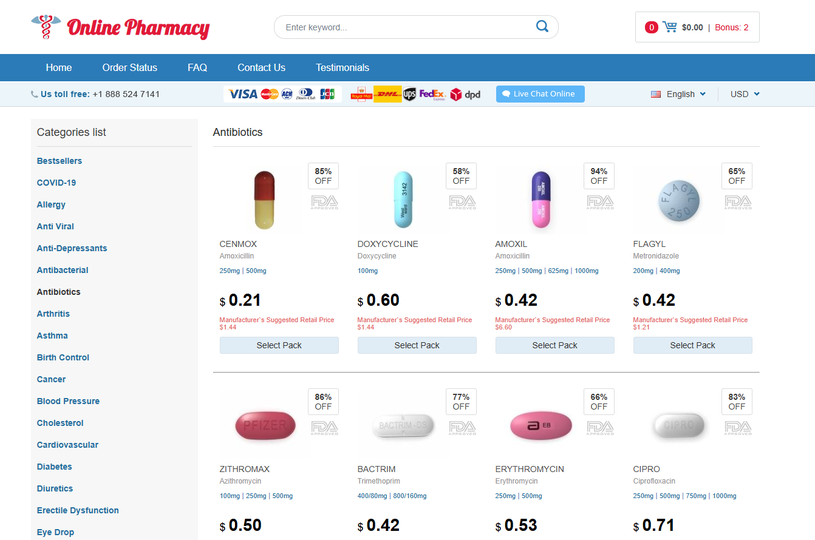Buy Generic Lasix Over The Counter. Visit Our Pharmacy ↓

Lasix: A Comprehensive Review for Effective Fluid Management
Introduction
As a physician, I have prescribed Lasix (furosemide) countless times to patients struggling with fluid retention, high blood pressure, and heart failure. If you're over 30 and experiencing swollen legs, shortness of breath, or unexplained weight gain, you may be dealing with edema (fluid buildup), a condition that not only affects your comfort but also your long-term health.
Lasix is a powerful diuretic that helps the body eliminate excess fluid and salt, providing quick relief while supporting heart and kidney function. In this review, I’ll explain:
- How Lasix works
- Who should take it
- Correct dosage guidelines
- Potential side effects and precautions
- Lifestyle changes to enhance results
- Alternatives for athletes
By the end, you'll understand why Lasix is a trusted solution for millions—and why it might be the right choice for you.
H2: What Is Lasix and How Does It Work?
H3: The Science Behind Lasix
Lasix (furosemide) belongs to a class of drugs called loop diuretics, which work in the kidneys' loop of Henle to block salt and fluid reabsorption. This leads to increased urine production, effectively flushing out excess water and reducing:
- Swelling (edema) in legs, ankles, and abdomen
- High blood pressure (hypertension)
- Fluid overload in heart failure
Unlike other diuretics, Lasix acts fast, often within 30-60 minutes, making it ideal for urgent fluid removal.
H3: Who Should Consider Lasix?
Lasix is prescribed for:
✔ Congestive heart failure (CHF) – Reduces fluid buildup in lungs and extremities.
✔ Liver cirrhosis – Manages abdominal swelling (ascites).
✔ Kidney disease – Helps remove excess fluid when kidneys underperform.
✔ Hypertension – Lowers blood pressure when other drugs aren’t enough.
If you wake up with puffy eyes, tight rings on fingers, or difficulty breathing when lying down, Lasix could offer rapid relief.
H2: Dosage Guidelines and Potential Side Effects
H3: How to Take Lasix for Best Results
Lasix is available in tablets (20mg, 40mg, 80mg) and IV form (for emergencies). A typical starting dose is 20-80 mg daily, adjusted based on your response.
Key Tips:
- Take it in the morning to avoid nighttime bathroom trips.
- Stay hydrated, but avoid excessive water intake (risk of electrolyte imbalance).
- Monitor weight daily – Sudden drops may indicate dehydration.
H3: Potential Side Effects and Precautions
Like all medications, Lasix has potential side effects, but most are manageable:
⚠ Common:
- Increased urination
- Mild dizziness or headache
- Low potassium (can cause muscle cramps)
⚠ Serious (rare but require medical attention):
- Severe dehydration
- Hearing changes (tinnitus)
- Allergic reactions
Precautions:
- Avoid if allergic to sulfa drugs.
- Inform your doctor if you take other blood pressure meds, lithium, or NSAIDs (like ibuprofen).
> Pro Tip: A banana or potassium supplement can help counteract potassium loss.
H2: Lasix FAQs: Your Burning Questions Answered by Experts
H3: Will Lasix Interfere with My Daily Life?
Many patients worry about constant bathroom trips, but the body adjusts within days. The freedom from swelling and breathlessness far outweighs this inconvenience.
H3: Can I Drink Alcohol While on Lasix?
Limit alcohol—it worsens dehydration and dizziness. An occasional drink is fine, but moderation is key.
H3: How Long Until I See Results?
Most people notice less swelling within hours, with full effects in 1-2 weeks for blood pressure control.
H2: Lifestyle Changes to Complement Lasix Treatment
Lasix works best when paired with smart habits:
H3: Reduce Salt Intake
- Avoid processed foods, canned soups, and fast food.
- Season meals with herbs instead of salt.
H3: Stay Active (But Don’t Overdo It)
- Light walking prevents blood clots without straining the heart.
- Yoga helps with circulation.
H3: Monitor Fluid Intake
- Drink enough to stay hydrated, but don’t overload.
- Track urine output—clear or pale yellow is ideal.
H2: Alternatives to Lasix for Athletes
Some athletes misuse Lasix for quick water weight loss before competitions, but this is dangerous due to electrolyte imbalances. Safer options include:
H3: Natural Diuretics
- Dandelion tea
- Cucumber & lemon water
H3: Prescription Alternatives
- Hydrochlorothiazide (HCTZ) – Milder, fewer side effects.
- Spironolactone – Potassium-sparing, good for hormone-related bloating.
H2: Conclusion – Why Lasix Could Be Your Best Choice
If you're struggling with swelling, high blood pressure, or heart-related fluid retention, Lasix offers a proven, fast-acting solution. With proper dosage and lifestyle adjustments, you can regain comfort, mobility, and peace of mind.
Consult your doctor today to see if Lasix is right for you—relief is just a prescription away!
> Still unsure? Ask about a low-dose trial to experience benefits with minimal risk.
By understanding how Lasix works, its benefits, and smart usage tips, you're now equipped to take control of your fluid retention—effectively and safely.
Your health deserves it—act now!